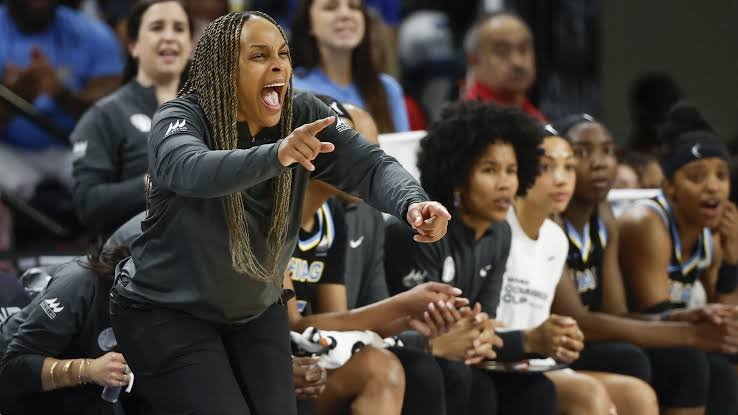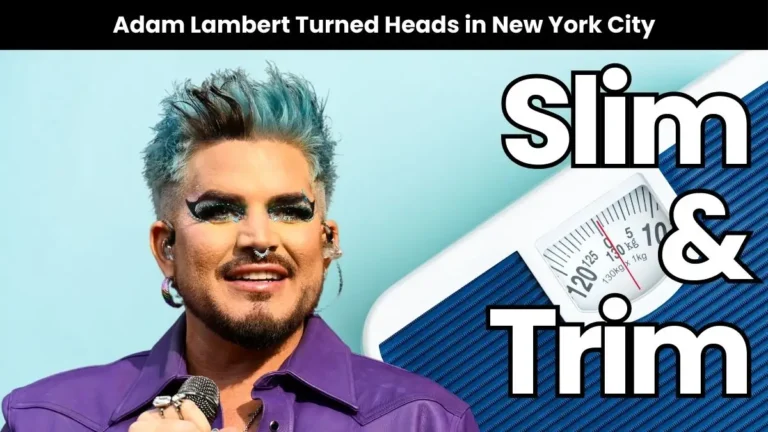
In the past month, the WNBA has seen a significant shakeup, with seven teams—including the Connecticut Sun, Los Angeles Sparks, Indiana Fever, Chicago Sky, Atlanta Dream, Dallas Wings, and Washington Mystics—parting ways with their coaches. Additionally, four teams, namely the Mystics, Fever, Dream, and Las Vegas Aces, have also dismissed their general managers. This flurry of changes raises questions about the underlying causes behind these abrupt decisions.
While some teams struggled in what many are calling the most pivotal season in recent WNBA history, others enjoyed notable successes. For instance, Tanisha Wright led the Dream to playoff appearances in both 2023 and 2024. Similarly, Christie Sides turned around the Fever’s dismal start to the season, guiding them to the playoffs for the first time in nearly a decade, largely thanks to her effective partnership with emerging star Caitlin Clark. The reasons for these coaching changes, however, remain murky.
One clear case involves Michael Winger, president of Monumental Basketball, which oversees both the Mystics and the NBA’s Washington Wizards. Winger and Mystics coach Eric Thibault reportedly had differing visions for the team’s future. With Winger having indicated the need for restructuring, the end of the season presented an ideal moment for such changes. Notably, Thibault’s father, Michael Thibault, was also let go from his role as the team’s GM, highlighting a broader trend of seeking new leadership within the organization.
Although coaching changes are commonplace in sports, the fact that over half of the WNBA’s twelve teams are in search of new coaches is striking. This raises the question: why are so many teams moving in this direction? A significant factor is the newly announced $2.2 billion media rights deal that promises increased revenue for the league. This financial boost could enable teams to offer more competitive salaries, potentially attracting talent from collegiate ranks or even the NBA.
Amidst these shifts, teams are eyeing various coaching candidates, particularly from the college circuit. With no salary cap restrictions on coaches, teams could pursue high-profile figures. Coaches like UConn’s Geno Auriemma, who recently signed a lucrative contract, and others such as Kim Mulkey and Dawn Staley, appear firmly anchored to their current positions. However, there are still many viable candidates available. As teams navigate this unprecedented offseason, the push for fresh talent and innovative leadership reflects a commitment to enhancing the WNBA’s competitive landscape.
This period of transition signifies a new era for the WNBA, where owners are beginning to invest more seriously in their franchises. With the potential for several expansion teams on the horizon, the urgency for revitalized coaching strategies is palpable. The decisions made in the coming months will undoubtedly shape the league’s future, making this offseason one of the most unpredictable in recent memory.




